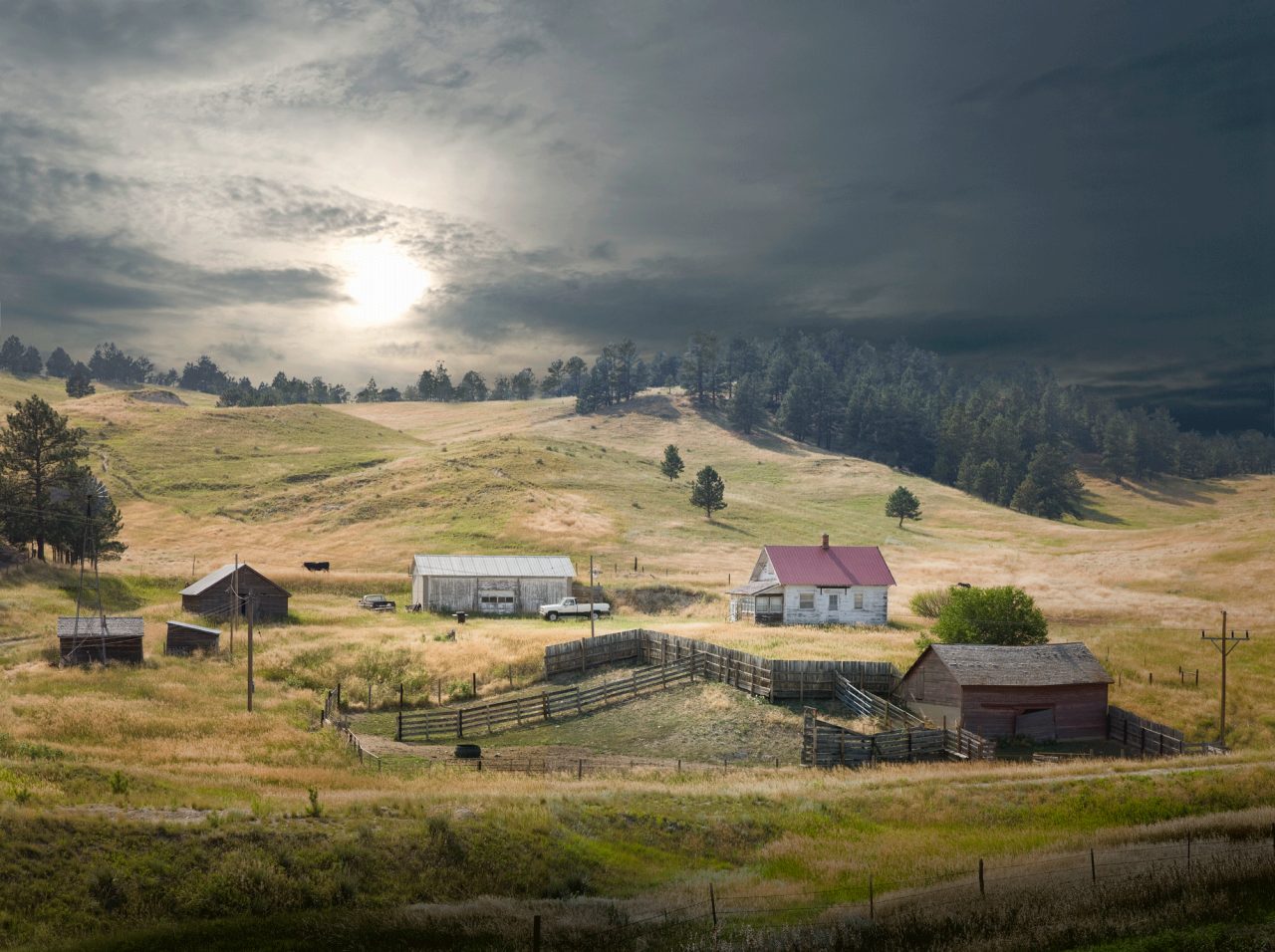COVID-19 Is Hitting Rural America Hard

With a poorer population and declining numbers of hospital beds, more people die in the country than elsewhere. Learn more.
The COVID-19 pandemic came to rural America in the spring and is making a second surge through the country. After arriving in New York City and Seattle in the winter, by early March, the outbreak in New York City had grown large enough to seed cases in Louisiana, Texas, and Arizona, researchers say.
By the fall, less populated areas were the hardest-hit part of the nation. One coronavirus vaccine began rolling out to Americans in December.
YOU MIGHT ALSO LIKE: How Safe Are Vaccines, Really?
Rural residents are more vulnerable to COVID-19
Rural states, especially in the South, have tended to have looser COVID-19 (coronavirus) rules, resisting rules requiring masks or business shutdowns.
The rural population is also more vulnerable: older, poorer, and less healthy, with higher rates of key health problems that make COVID-19 dangerous, including smoking, obesity, and high blood pressure. They are more likely to be uninsured, with a history of putting off medical care.
More than half of rural counties are coronavirus hot spots, with infection rates of 100 or more per 100,000 residents. Although only 14 percent of Americans live in a rural county, those counties suffered 23 percent of the COVID-19-related deaths in the week from September 27 to October 3, the Daily Yonder reports.
If you live in Mississippi or Louisiana
As of October 5, Louisiana had the highest rate of cases among all U.S. states, followed by Mississippi, Florida, Alabama, North Dakota, Georgia, Arizona, Tennessee, South Carolina, and Iowa.
Within a state, you might assume city-dwellers would encounter more infected people, but things didn’t always work out that way. As two sociologists at the University of Mississippi note, many rural residents commute to service jobs in a city or transportation hub. They don’t have sick days, and they can’t afford to stay home.
In mid-April in that state, rural infection rates were higher than in urban areas: 181 cases per 100,000 people compared to 128 in urban counties.
Poverty and race are part of this equation. All over the country, people of color are more likely to get sick and die from the virus. Mississippi and Louisiana are the two states with the highest portion of African-Americans.
In Louisiana, where 32 percent of the residents are black, 46 percent of the COVID-19 deaths are black people, according to state reports. In Mississippi, those same figures are 37 percent and 41 percent. Death rates are high in the poorest counties.
Hospitals are closing fast
Across the nation, the vulnerability of rural populations is made worse by tight resources and lack of care. In a new nationwide poll, one in every four rural U.S. households reported they had trouble getting medical care for serious problems, including COVID-19. Every county in Mississippi, for example, is considered short of doctors and needed services.
If you need a hospital, you may have to drive long distances, as the number of rural hospitals continues to shrink. Fifteen rural hospitals closed this year, speeding up a trend since the beginning of the 2000s. Among those that remain, many don’t have an intensive care unit.
One reason: rural hospitals on average charge less than urban ones.
At the end of September, Mississippi Gov. Tate Reeves (R) was the first U.S. governor to lift a mask mandate, which he imposed over the summer. The timing was risky: As the weather cools, we enter flu season when the coronavirus may also surge. But the governor pointed out that the number of daily cases had fallen by half from a peak in August, and he argued that the state had plenty of hospital beds to handle a fall uptick.
YOU MIGHT ALSO LIKE: How COVID-19 (Coronavirus) Is Changing Healtchare
Updated:
December 14, 2020
Reviewed By:
Janet O’Dell, RN